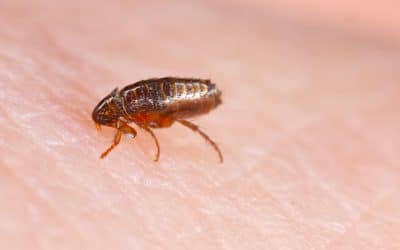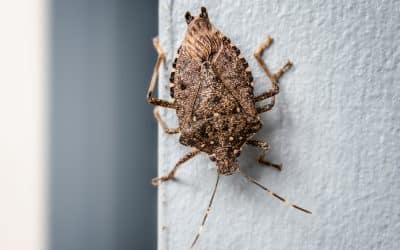
Are Pavement Ants in your house?
Pavement ants can be a nuisance when they emerge from their ground nests and enter homes in search of food. They’re called “pavement ants” because they tend to live beneath areas such as cellar slabs, driveways, brick or stone patios, sidewalks, as well as in and under organic hiding places, such as logs and in mulch.
Identifying Pavement Ants
The nests of Pavement ants can be easily identified – they tend to push up little mounds of sand and soil as they excavate their tunnels. Often times you’ll notice these mounds of sand and dirt between cracks in the pavement and patio blocks. A typical pavement ant colony has between 3000 and 5000 ants, while a large colony could harbor as many as several tens of thousands of pavement ants.
In addition to identifying pavement ants by their distinctive mounds of sand and soil, you can differentiate them from other common ants such as carpenter ants by their brownish-black color and tiny size – often no more than 1/10 to 1/16 of an inch in length. Pavement ant legs and antennae tend to be pale-colored and if you look at them under a magnifying glass, you’ll notice their antennae have twelve segments and there are parallel lines on the head and body, or thorax.
Pavement ants are sometimes mistaken for termites, but they do look different – pavement ants have a narrow waist, while termites have a uniformly thicker body and are much larger. Also, termites have straight antennae while pavement ants have antennae that are “elbowed.”
Getting rid of Pavement Ants
Dealing with pavement ant colonies, known for extensive networks under pavements, sidewalks, and foundations, can be challenging. They are not only a nuisance but can also cause structural issues over time. Enlisting professionals like Ford’s Hometown Services is recommended for effective management. Their licensed technicians, experienced in pest control, conduct a detailed inspection to identify and assess pavement ant colonies. Using advanced methods and environmentally responsible solutions, they target the heart of the colonies to reduce re-infestation likelihood. Expertise in ant behavioral patterns allows for tailored treatments. Ford’s Hometown Services ensures quick and effective resolution, emphasizing customer satisfaction and a pest-free environment.

Buzzwords
Serving Food, Not Pests: What Restaurants Need to Know
Pests and restaurants don’t mix. When you run a popular food establishment, everyone loves to stop in for a bite. Including unwanted pests. Even a small pest problem can threaten your health inspections, damage your reputation, and cost you customers. At Ford’s...
Flea FAQs: What You Need to Know
We’ve all been there: that tiny black spec…did it just move? If you’re a homeowner, few things can spark panic faster than spotting a flea in your carpet, on your bedding, or crawling on your pet. Fleas are annoying, but they also bite, can spread disease, and turn...
Bug Off! Keeping Stink Bugs Out of Your Home
Fall in New England brings crisp air, colorful leaves, and stink bugs. As soon as the temperatures start to dip, stink bugs start searching for a cozy spot to ride out the winter, and your home is often their top choice. Unless you know how to stop them. With a few...



